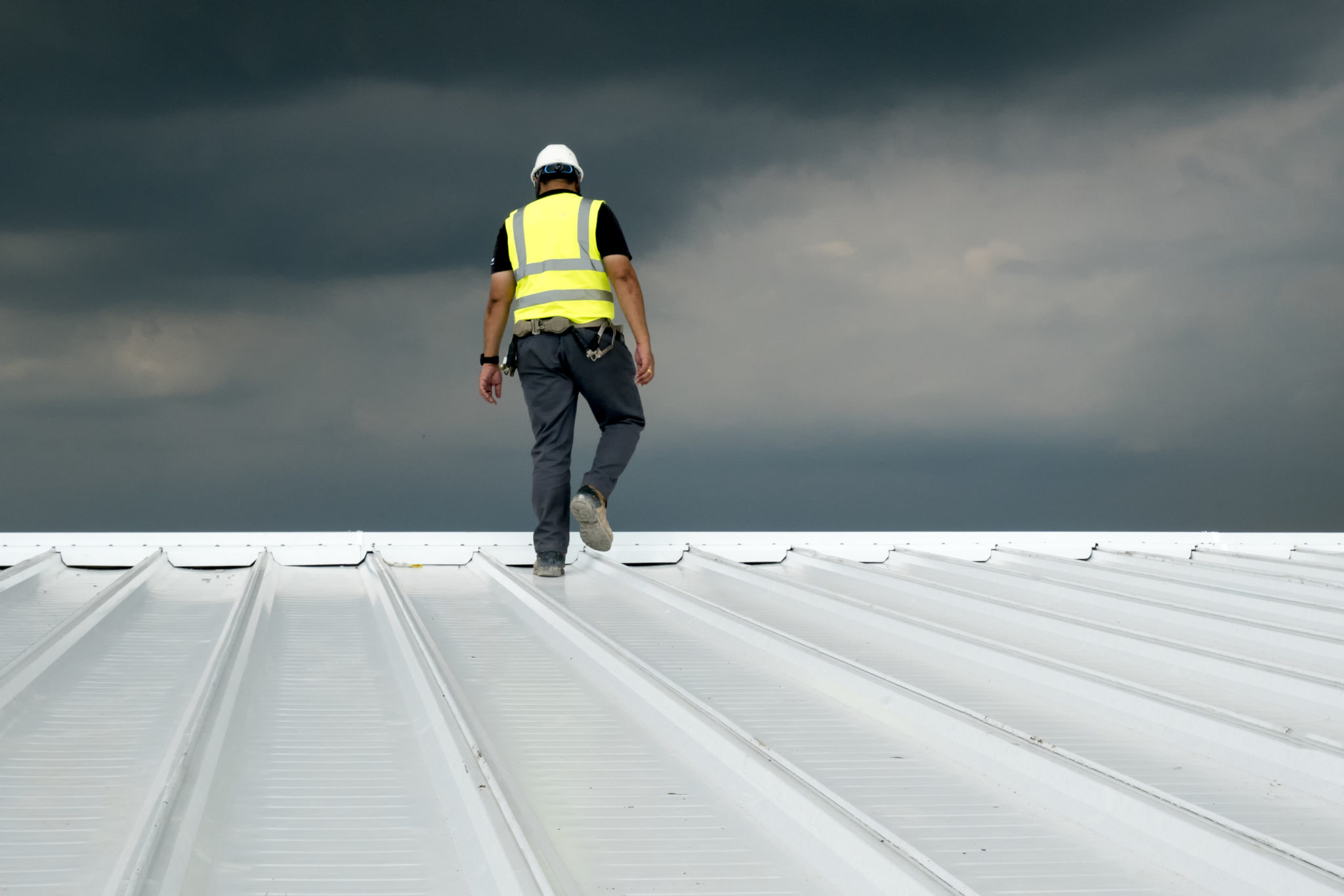How Often Should You Schedule a Roof Inspection?
Roof inspections are an essential part of maintaining the health and safety of your home. A well-maintained roof protects the structure from the elements, but wear and tear can lead to potential problems over time. We will explore how often you should schedule a roof inspection in Cedar Valley and the factors that influence the timing of these inspections. While some homeowners may think that roof inspections are only necessary after visible damage, the truth is that regular inspections can prevent larger issues from developing. By addressing small problems early, you can extend the life of your roof and avoid costly repairs.
Routine Roof Inspections: The Key to Prevention
Scheduling routine roof inspections is crucial for catching potential issues before they become major problems. Most roofing professionals recommend having your roof inspected at least once a year. Annual inspections allow for a thorough evaluation of the roof’s condition, including the shingles, flashing, gutters, and ventilation system. Even if your roof looks fine from the ground, there could be underlying issues that are not immediately visible. For instance, water damage from leaks might be hidden in the attic or the structure. An annual inspection helps ensure that these issues are detected early, preventing further deterioration and minimizing the risk of larger, more expensive repairs in the future.
Seasonal changes can also take a toll on your roof, especially in areas with extreme weather; in regions where winters bring heavy snow and freezing temperatures, scheduling an inspection before and after the season is advisable. Winter storms can cause ice dams, leading to leaks if not properly addressed. Similarly, in areas with hot summers, the intense heat can cause materials like shingles to crack or degrade. By conducting inspections seasonally, you ensure that your roof is in optimal condition to withstand the coming weather, whether it’s winter’s freeze-and-thaw cycle or summer’s heat.
High-Risk Events and Roof Inspections
Certain events can create immediate risks to your roof, making it necessary to schedule an inspection as soon as possible. These high-risk events include severe storms, heavy winds, hail, or other weather-related incidents that might cause damage. After such events, it’s important to check your roof for any signs of damage, such as missing or damaged shingles, punctures, or compromised flashing. Even if the storm didn’t appear severe, the underlying damage can be significant but not immediately apparent. Waiting too long to address storm-related damage can lead to leaks, water damage, or structural issues that might not become noticeable until much later.
Inspections should be scheduled immediately after such events for homeowners who live in areas prone to natural disasters like hurricanes, tornadoes, or earthquakes. These types of disasters often result in substantial damage that might only be easy to spot with a thorough inspection.
Age of the Roof: A Factor in Inspection Frequency
The age of your roof plays a significant role in how often you should schedule inspections. Older roofs, especially those 15 years or older, require more frequent checks because they are more likely to develop missing shingles, damaged flashing, or weakened structural components. As a roof ages, the materials used to construct it deteriorate, making it more vulnerable to damage from external factors like weather and wear. An older roof might show signs of wear that are not immediately visible, so regular inspections are crucial to identify these issues early on and prevent costly repairs or replacements.
In general, if your roof is nearing the end of its expected lifespan, you may need to have it inspected more often—potentially twice a year—especially if it has suffered damage or wear over time. The frequency of inspections should be adjusted based on the roof’s material and condition. For example, asphalt shingle roofs typically last between 20 to 25 years, while metal roofs can last 40 to 70 years. As the roof ages, it’s important to stay proactive by increasing the frequency of inspections to avoid the risk of sudden failures or leaks.
Choosing the Right Roofing Professional for Inspections
While scheduling regular roof inspections is vital, choosing a qualified roofing professional who can accurately assess the roof’s condition is equally important. A trained professional can identify subtle issues that an untrained eye might miss, such as cracks in the flashing, areas where shingles have begun to curl, or spots where moisture may be seeping into the attic. It’s important to look for licensed, insured professionals and have a solid reputation in the community. They should be able to provide a thorough inspection and offer recommendations for any necessary repairs or maintenance.
When choosing a roofing professional, consider their experience with your specific type of roof. Different materials require different approaches. For example, professionals familiar with asphalt shingles may need to be better versed in inspecting slate or tile roofs. Ensure that the roofing company or professional you hire understands the issues that can affect your roof based on its age, materials, and location.
Read more : How to Make Money Online for Beginners
Roof inspections are an essential part of maintaining the integrity of your home, ensuring it stays protected from the elements. Regular inspections are recommended at least once a year, with additional checks following severe weather events or home renovations. The age of your roof and the types of materials used will influence the frequency of inspections. An older roof, for example, may require more frequent attention, especially if it is nearing the end of its lifespan. By staying proactive with roof inspections, you can catch small issues before they become larger problems, ultimately saving time and money on costly repairs or replacements. Ensuring that a professional is handling your inspections will guarantee that the process is thorough and reliable, keeping your home secure for years.







